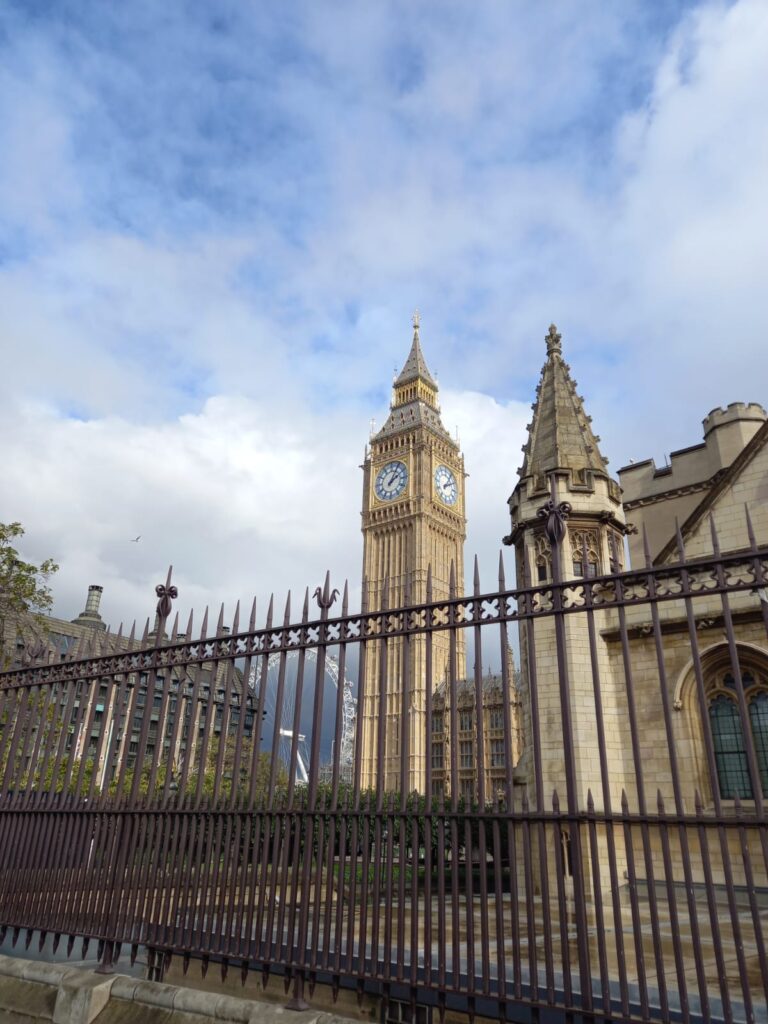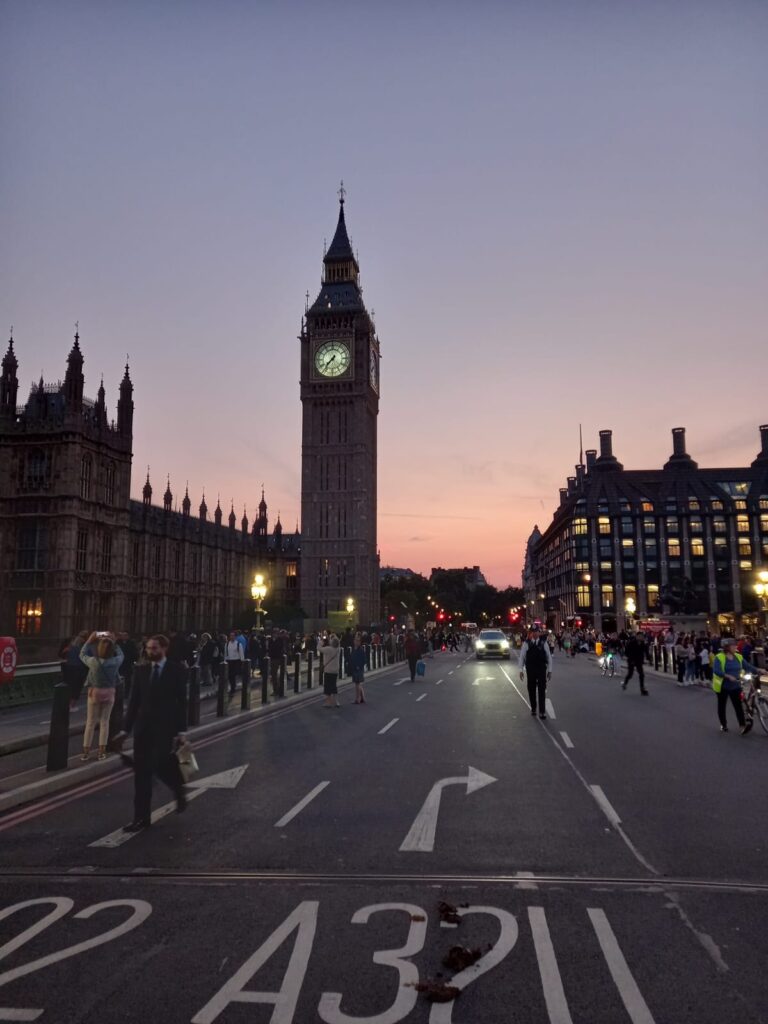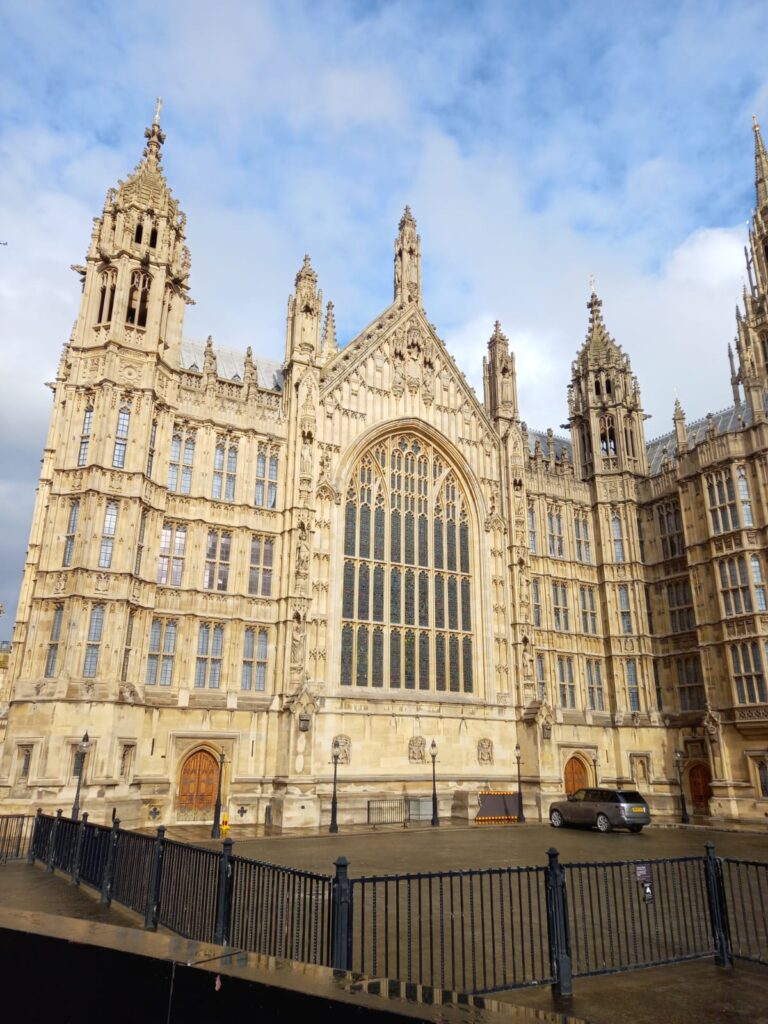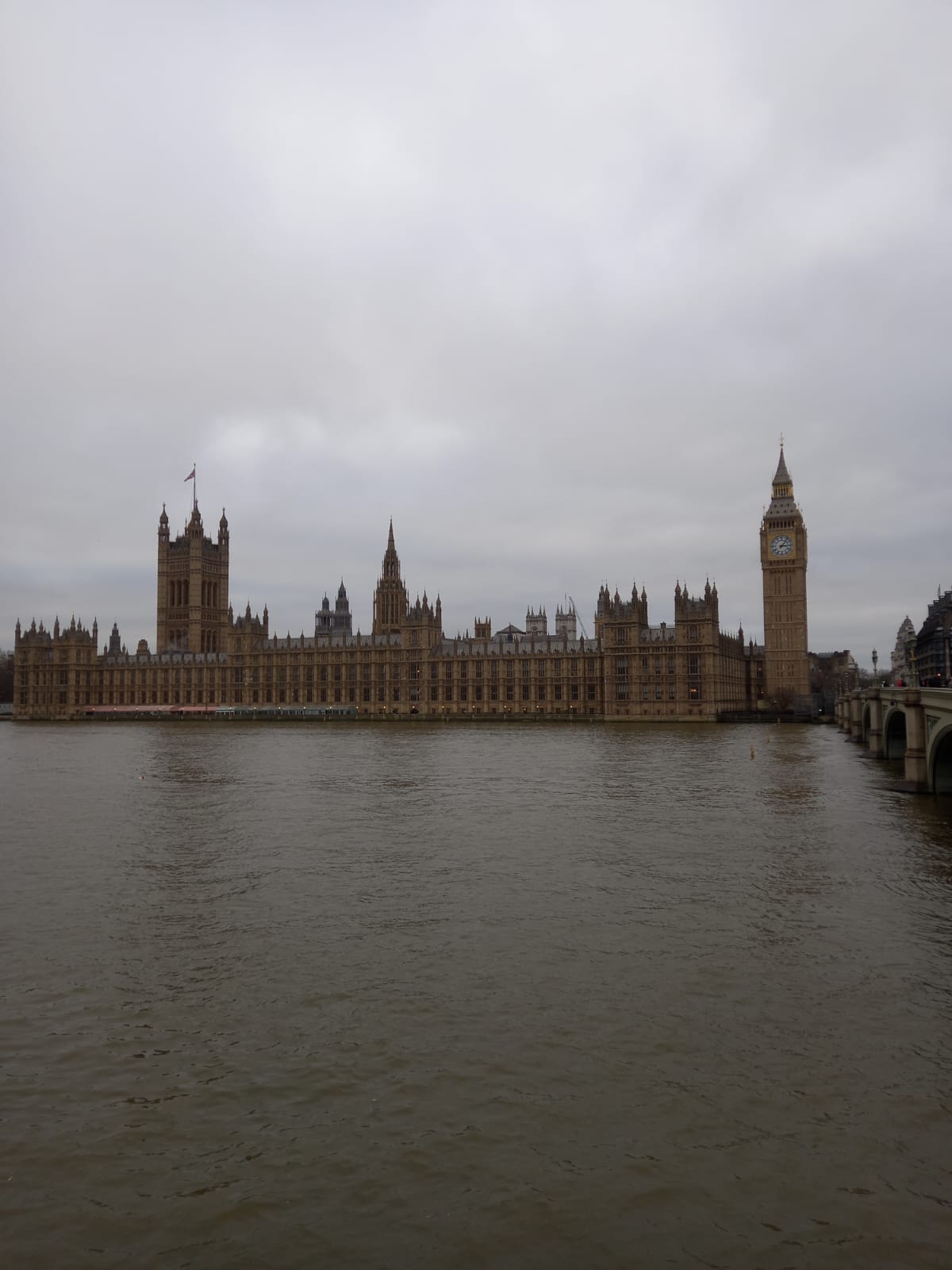The Palace of Westminster is the centre of the British political life. This is the home of UK democracy, and also a workplace for many people. Commonly called the Houses of Parliament, the palace of Westminster is the place of the both legislative chambers (House of common and House of Lords). This building is part of the UNESCO world heritage since 1987. The original building was built in 1016 and was destroyed, rebuilt, damaged, refurbished, extended trough the centuries. The building is owned by the current monarch King Charles III. Located on the left bank of the river Thames, It history spans more than 1000 years. The whole building encompasses Westminster hall, Victoria Tower, Elizabeth Tower (Big ben), Central Lobby, House of common and House of Lords, Royal Gallery.
The story starts in 1016 with King Cnut who decided to build a Saxon church. The church was called West Minster (west monastery). It is said that during antiquity a Roman temple ounce stood there and was destroyed by an earthquake.
Westminster hall
Westminster hall is the oldest building still remaining today from the original palace. It was built in the year 1097 and the construction lasted for 2 years. The monarch of that time was William II who was the son of the famous William the conqueror. The hall was aimed to impress the people in a way to assert his authority and power. The hall was the largest in Europe at that time and is used today for occasional purposes like ceremonial addresses, state visits, lying in state and also for public exhibitions.
Victoria Tower
The Victoria Tower is located at the south-west end of the palace. The Victoria tower is slightly taller compared to the the Elizabeth tower. Queen Victoria laid the first in 1843 and completed in 1860 and inaugurated a year later. This used to be called the King’s tower because of the fire that destroyed the building back in 1834 during the reign of king William IV. The tower was renamed in 1897 as it is in tribute for Queen Victoria for her diamond jubilee.
It also includes the sovereign’s entrance for the opening state of parliament ceremonies. By the way the tower is used for Parliamentary archives to be stored to keep records of the bills and acts voted in commons. There are still parchments scrolls dating back from 1497 that survived the fire. Since most of them before 1834 were lost. To avoid as much possible such a disaster like 1834, the tower was designed fireproof.

Royal Gallery
The Royal Gallery is a room which is used for parliamentary events, state receptions and sometimes for dinners. In the room decoration, all monarchs from king George I to the present are represented with portraits all along the room.
Central Lobby
The Central Lobby is the core of the palace. It is the corridor linking Westminster hall and both house of common and house of lords. The central tower is located top regarding the roof. This part of the palace is known about a protest that took place in 1908 where two women chained themselves up to the grilles (that ounce stood there) demanding the right to vote for women. Basically the lobby used to have grilles for the purpose of covering the window to prevent MPs the view of the ladies’ at work in the ladies’ gallery in the house of common while at work. MPs Decided to remove them through a vote in 1917.
House of Commons
The British public elects members of parliament (MPs) who represents their respective constituencies. MPs propose new laws, debate and expose their concerns by asking questions to ministers. The House of commons is the lower House of UK parliament. At first the parliament today descends from the parliament of England which lasted until the treaty of union and acts of union in 1706. Following the ratification both English and Scottish merged into one British parliament. Later one the acts of union extended to Ireland in 1800. There are 650 MPs seats for the whole chamber in the political divide. The speaker is the presiding officer of the house for debates and allowing which member can speak and maintaining order. The Middle English word commons comes from the Anglo-Normand word commune. Commune means “of general public”. Bombardments destroyed the room in May 1941. Refurbishments made the room how we know it today.
House of Lords
The examination of bills and questions to the government regarding their actions and investigations are the roles of the House of Lords. The House of Lords is the upper House of the British parliament. This is one of the oldest institutions in the world. The origins date back to the 11th century. Majority of members are life peers. The King appoints members on the advice of the prime minister. Most members have political background and some do not have. Generally members without political background represents a large range of professions. Indeed 800 members take part in the chamber and it also includes archbishops and bishops and elected hereditary members. UK citizens, Irish citizens or UK residents taxpayers from commonwealth countries are eligible. The minimum age is 21 years old to be eligible.
The Elizabeth Tower
The Elizabeth tower is height of 316 feet and contains Big Ben (the bell) and the chimes with five bells in total. It also contains a four faced clock. The Elizabeth tower used to be called the clock tower until 2012 and was renamed as it is for the occasion of the Queen Elizabeth II’s diamond jubilee. The construction started in 1843 to be completed in 1859. Decorated with symbols of the four nations of the UK and Tudor dynasty inscriptions the tower underwent refurbishment works and covered up with scaffoldings from 2017 and 2022.


It is the main British monument that represents the country and one the the icons of the world. Since 1987 it has become an UNESCO world heritage site. The clock is the most famous in the world and repainted to its original Victorian era Prussian blue during the 2017-2022 restoration works. The clock works with its original mechanism and makes the clock accurate with the GMT. The chimes and the bells sound is the most iconic and famously aired on the BB
The Great Fire of 1834
On 16 October 1834 a fire began to spread from the house of Lords to the rest of the original medieval palace. The use of tally sticks used for the accounting of the exchequer disposed in the furnaces under the House of Lords. The blaze is know as one of the major catastrophes with the great fire of London in 1666 and the Blitz bombing during WWII. The fire destroyed most of the original medieval palace. Several artists who witnessed the event painted the scene on canvases. Charles Barry was the architect in charge of the reconstruction. He decided to rebuild it in the Gothic style in the 19th century that made the palace we know today.


